- Destinations
- Travel Styles
- About Us
- Contacts
- Destinations
- Travel Styles
- About Us
Cuisine is perhaps one of the most effective means of conveying culture and the customs of a particular nation. In this case, “Banh mi”, the famous Vietnamese cuisine, honors this gastronomy very well. Like this, it even goes beyond a mere ‘sandwich’ image as a popular word for a skinnier variant of a baguette introduced by the French colonialists. There is a story - and it is not ordinary by all means – about the centuries-old invention and Banh Mi’s global spread in a very short period of time.
"Bánh mì" means "sandwich bread," according to the Vietnamese transcription. This specialty is inherited from the presence of the French in Vietnam, dating back to the arrival of missionaries in the seventeenth century and the colonial control that began in 1887 with the formation of the Indochinese Union.
The baguette, the long, thin bread that has become a symbol of French bakery, then appeared in Southeast Asia. At that time, banh mi was also called "bánh tây," literally meaning "Western bread," because it was very expensive and reserved for European officials.
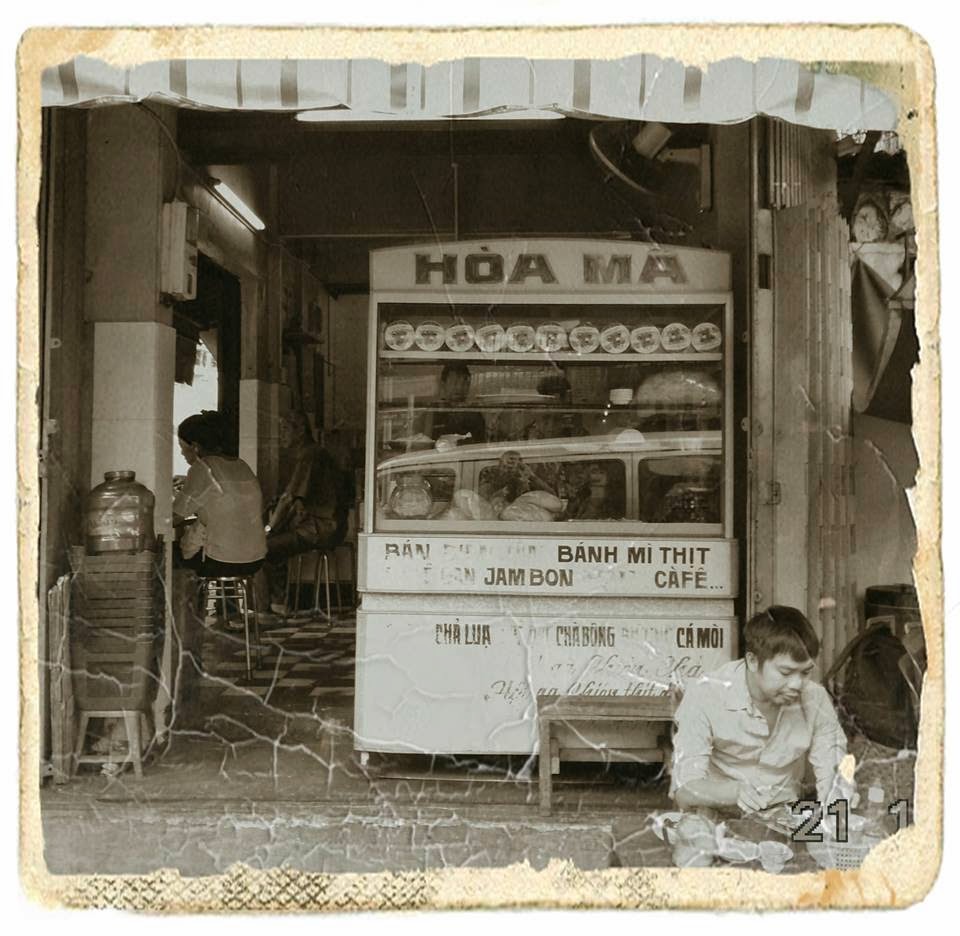
With the defeat of the French in the infamous battle of Dien Bien Phu in 1954 and their subsequent withdrawal, new inventions in local cuisine began to emerge. The colonizers abandoned goods and practices, which were made available to the native population. They also started making many of the new food and beverage items on their own. Among these, the most remarkable is Vietnamese iced coffee, served with sweetened condensed milk; it is simply delicious and a true sensation.
The banh mi baguette evolved rapidly, incorporating local ingredients—mixing rice flour with wheat flour. The aim was to reduce the cost of the bread while making it both dense and lightweight. Credit for popularizing the Vietnamese-style sandwich as we know it today goes to the Le couple, who owned the Hoa Ma bakery in Saigon (now Ho Chi Minh City).
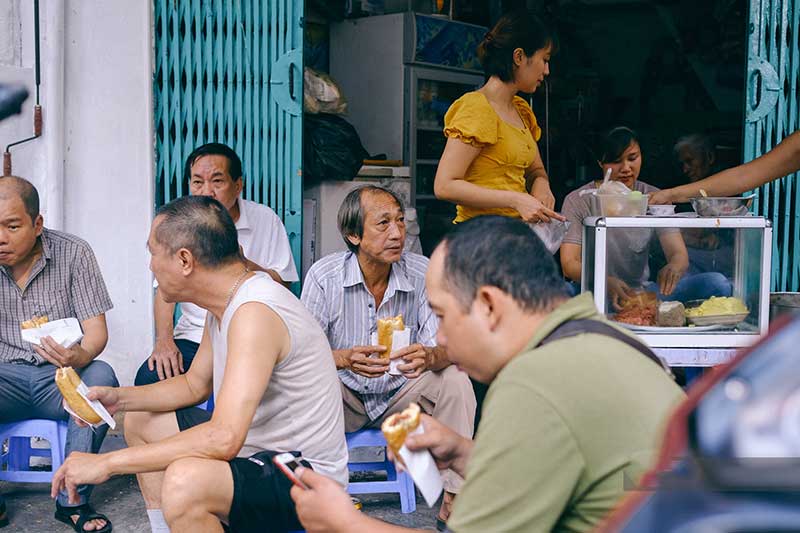
Although banh mi belongs to the fast food category in many countries, it remains a beloved dish in Vietnam, an S-shaped country. It is a humble yet delightful meal, usually enjoyed for breakfast or lunch. Here are some great places to sample it in three key cities:
Can you imagine what it would be like to eat a sandwich in America that is Vietnamese in style? Saigon Sandwich, a caterer that has been around the Bay Area in San Francisco for years, has been very successful selling delicious banh mi. We're not exaggerating when we say there’s always something special about this place since our very first visit.
The proteins are flavorful and tender, the French rolls are light and crispy, and the filling of each sandwich is deeply satisfying. It’s a healthy meal that we believe everyone should eat at least once a week. And most sandwiches are about 5 dollars each, making a banh mi cheaper than one hour of residential parking in that part of the city!
.jpg)
The French baguette has become popular among the Vietnamese in a way that is unique to their culture by serving it hot and cold. The two predominant ‘philosophies’ of their cuisine are the five elements (which represent the sour, hot, salty, sweet and bitter tastes) and the concept of heat energy (which relates to the cooking temperature). For this reason, all these aspects need to blend well in order to create a particular cuisine that brings joy and promotes health.
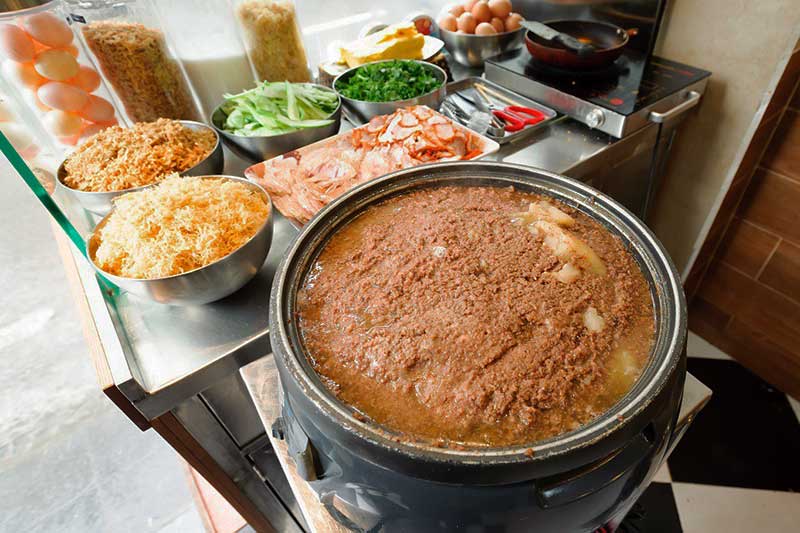
The first consideration is the banh baguette, which is not only light but also crispy. Its thin crust will break satisfying in the mouth with the pillowy soft interior. The fillings too are a wide range of local ingredients that can be fused in or just used separately inside the sandwich. Such fillings include pork liver pate, vietnamese sausage, the mortadella called “gio lua,” shredded dried pork, and the "char siu" or cantonese barbeque pork. A specific protein is provided upon request, as well as butter and eggs in the shape of omelet.
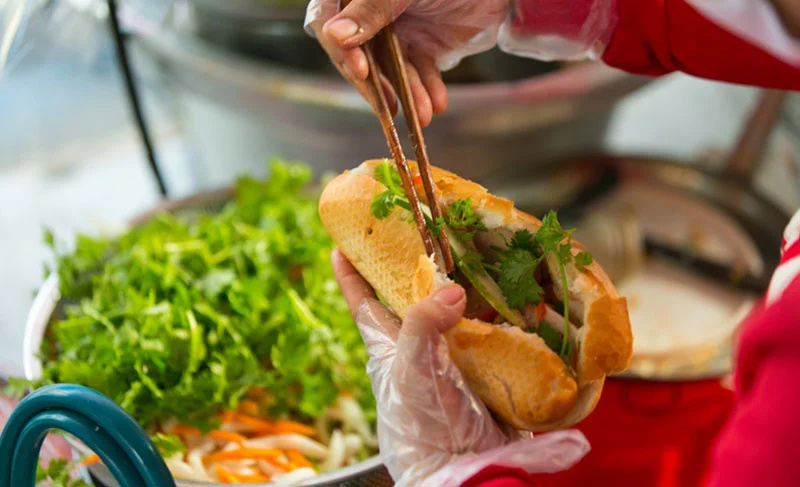
As the baguette and meats are the heated components, the vegetables serve as the main cold ingredient to harmonize the banh mi. In Vietnam, these tend to be quite tasty paired with fragrant seasonings.
Typically, they are slices of cucumber with cilantro and Vietnamese green papaya and carrot slaws that have been sweetened and salted with vinegar at least an hour beforehand. For sauces, there are various temperate sauces most likely spicy or mayonnaise sauces that have small coconut slices in the form of chilis and active chilis.
The rest is quite easy! First, the bread is cut in a longitudinal section, then a spread of an even layer of pig’s liver pate is applied to the inside part as well as the upper and lower edges. Then, the other meats are inserted, and the vegetables that have been prepared are added.
In the end, you have to pour everyone’s beloved sauce all over. This makes a near perfect combination of sweet and sour from the pickled veg and spicy from the chillis and the delectable yet rich spread.
The phrase “banh mi” is now a global estopeed especially after it was included in the Oxford English Dictionary in 2011 and the American Heritage Dictionary in 2014. This Vietnamese delicacy has been appreciated by many chefs with different reflections of it.
In fact, it can be further enjoyed quite a lot by changing the ingredients with which it is served. Below are four varieties, two of which are both contemporary and exciting.
Are you deciding between a banh mi or Vietnamese pho for lunch? Well, now you can have both in one large bite. It may sound similar to a regular hamburger, but if you take a closer look and breathe in deeply, the aroma of pho will be unmistakable.
The magic of this sandwich lies in the 22 herbs typically found in a bowl of this iconic Vietnamese dish. It envelops you in warmth as you bite into the flavorful, crispy sandwich filled with strips of beef, fresh greens, and a hint of pho broth. This incredible bánh mì creation can be found at Ro22 restaurant in Ho Chi Minh City, for instance.
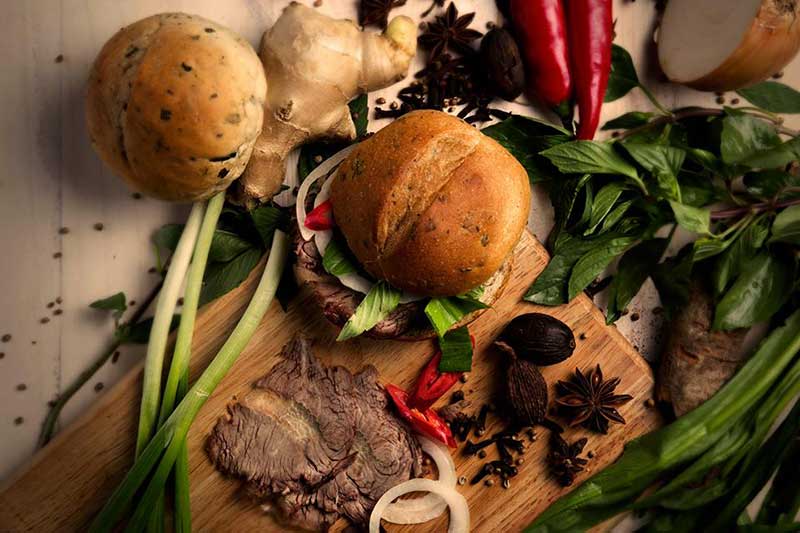
The initial outbreak of Covid 19 occurred in 2020, leading Vietnam to suspend its trade relations with China. Thus, there has been an inadequate exportation of dragon fruit to that country. To help alleviate the overstock, given the situation with the farmers, the ABC Bakery Center in Ho Chi Minh City has come up with a new version of a banh mi, which is a vivid pink color.
Thus, the bakers used 40% only of the water required for the preparation of the dough and added a dragon fruit smoothie instead. This bread also goes further beyond the rest in terms of the crust having a very appealing crispy coat and sweetish-sour inner filling.
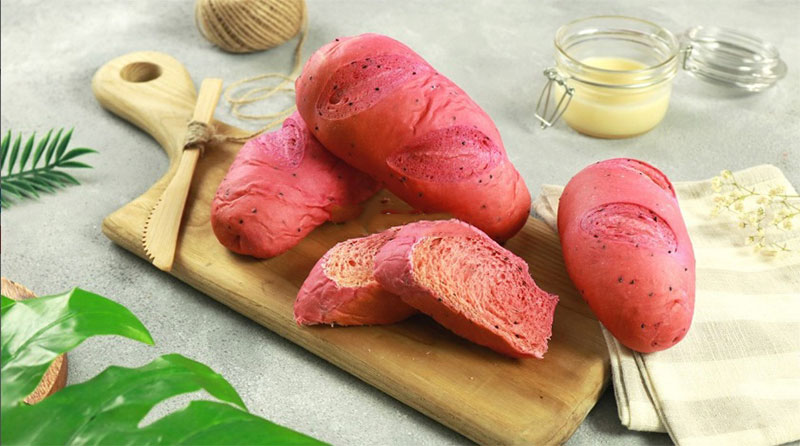
In the recent months, a new version of the Vietnamese sandwich, which has an appealing bright red color and a yellow star symbol on it, has emerged. This is because it has been elevated to a source of national pride and respect that surpasses gastronomy.
It has been brought about by a couple of designers from Cyburger by Homekekery, the banh mi restaurant in Hanoi, also inspired by the health crisis.
It was inspiring for them to see how all Vietnamese people joined forces against a common enemy. Therefore, they also decided to act as restaurant owners and be patriots at the same time.
For only 15000 dong an entity (half dollar), one can order any of the five options; made with chicken, beef, pâté, fried egg or topped with ‘top mo’ which is fried pork’s crunchy fats. The last one is the most preferred and indeed delicious.
.jpg)
The "patriotic" banh mi, a national pride
The "bánh mì mỏ" is an interesting type of sandwich since it has a deep charcoal color. This phrase is also popularized by the northern province of Quang Ninh, which has the so-called biggest fuel resource and oil rigs in the country of Vietnam.
It does not go unnoticed, too, because ’mỏ’ means ‘mines’ in Vietnamese. The components used, black bread, for example, decorated with the squid’s ink-made them associate the place from which it came from. The squid’s ink for decoration is usually sourced from squids caught in Halong Bay, a biosphere reserve located in the province of Quang Ninh.
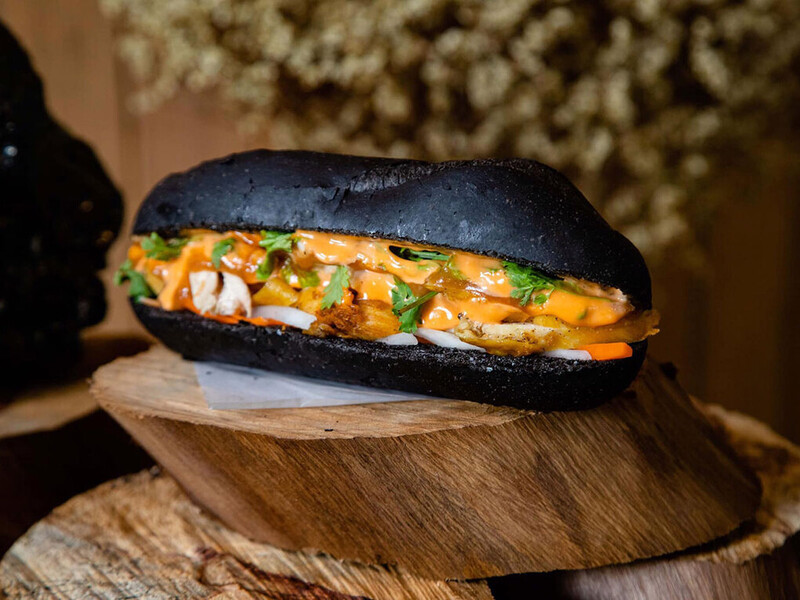
Vietnamese sandwich has inspired many creative cooks, from street vendors to chefs of great restaurants, who are constantly looking for original ingredients. These often remarkable toppings add a new twist to the dish nearly every season.
The next time you have it, however, try to listen to or feel the hard, crusty form of a baguette contrasting with the mix of sweet, sour and crunchy ingredients that will be swirling around your mouth.
It is much more than just a flour and meat made specialty. This can turn you to be a fan of eating dishes from Vietnam as pho has done which is the national dish of the country.
To discover the other emblematic dishes of Vietnam:
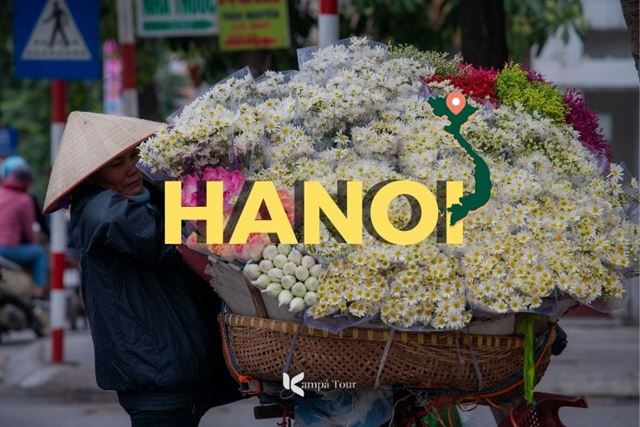
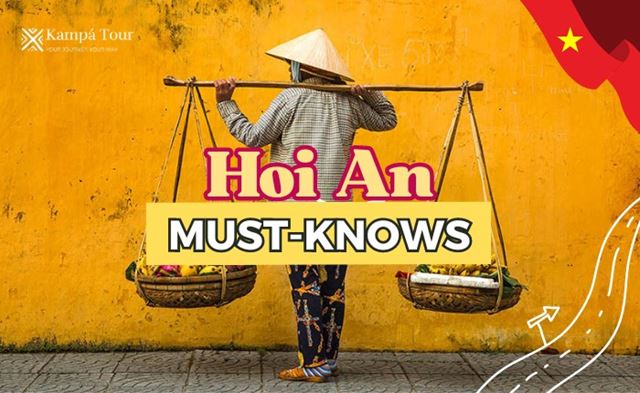
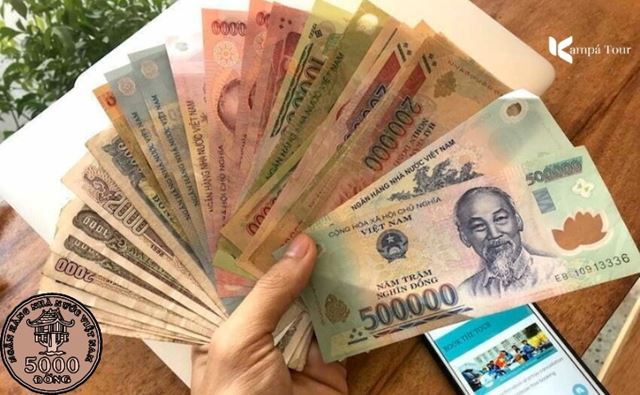
 The Essentials
The Essentials Luxury Travel
Luxury Travel Beaches & Relaxation
Beaches & Relaxation The Essentials
The Essentials